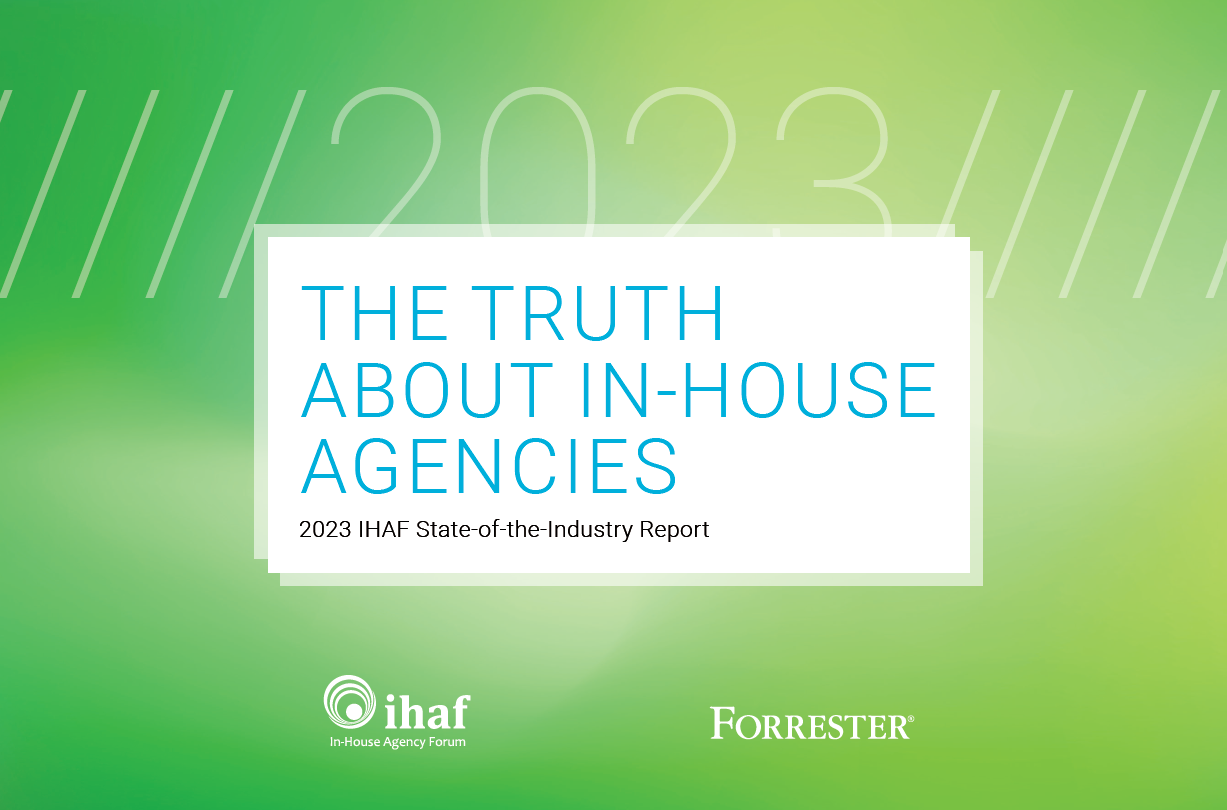7 Tips for Building Your Personal Brand

In today’s hyper-connected world, brand building is no longer limited to monitoring and actively nurturing the reputation of a product or organization. It’s become much more personal—in some instances, very personal.
Every tweet, status update, shared video, or tagged image helps paint an impression of your personal brand. And unless you’re careful about how it’s managed, it could end up costing you—big time. Just ask a few high-profile people whose personal brands took center stage on social media with disastrous results.
Uber CEO Travis Kalanick was pressured to publicly apologize after he was caught on camera being disrespectful to an Uber driver. This was while he was also addressing a sexual discrimination case against the company, and fielding criticism for accepting, then rejecting, a position on President Trump’s economic advisory council.
Miami doctor Anjali Ramkissoon lost her job when her personal brand derailed during a drunken altercation caught on camera—coincidentally, also with an Uber driver.
Former Vante CFO Adam Smith was fired after he posted a video of himself arguing with a Chick-fil-A employee about the company’s position on same-sex marriage. When the video went viral, Smith lost his job and was forced to rely on food stamps to help support his family.
These unfortunate incidents are reminders of how important your personal brand can be, and how unexpectedly it can make or break an image—or a career.
As an in-house agency professional, it’s a given that your personal brand must in some way align with the company brand. After all, as an employee, you are considered a corporate brand ambassador and how well your personal brand aligns with the company can help or hinder your success.
To help present your personal brand in the best possible light at work, here are some guidelines to consider.
Build relationships. Invest your time in people, because relationships are what truly matter—in both your personal and professional lives. One of the best ways to do this is to opt for in-person communication rather than email, phone, or even videoconferencing whenever possible. That means taking the time to walk over to someone to discuss projects, pitch ideas, clarify expectations, build excitement about an upcoming project—or just check in with an invitation to lunch. When they see you’re willing to invest in them, they’ll be more likely to do the same.
Be authentic. It’s one thing to put forth the effort to build a relationship, it’s another to come across as sincere. Show people the real you. Indulge in a few personal anecdotes and invite others to do the same. This helps build a bond beyond office walls and tear down potential barriers that may be less visible. And don’t forget the basics. Make eye contact to show you’re listening—whether they’re providing details during a project kick-off or sharing family photos. Ask thoughtful questions to show you’re truly interested. And always maintain a pleasant and open demeanor when you enter and exit the room, to set an upbeat tone and leave a lasting positive impression.
Build trust. The most proven way to build trust is to say what you are going to do, then do it. When others see you following through on your promises to them, they will be much more willing to return the favor (say, a deadline extension?) should you ever need one. And always be truthful. Nothing erodes trust more quickly than being caught in a lie, no matter how simple or complex the circumstances may be. Even small lies speak volumes about your trust rating.
Align yourself with other strong brands. Imitation truly is the sincerest form of flattery. Learn from the best and emulate their behavior through your own brand. Whether you’re new to your organization or a long-time employee, keep your eyes and ears open for who on the team has the best reputation for building relationships based on trust and following through on their promises. If they’re authentic, you won’t have to seek them out. They’ll find you. Though it will earn your brand a gold star if you’re the first to extend a welcome hand and a gracious introduction.
Replicate your brand. While a bad brand moment can go viral and tarnish your reputation, each positive gesture has just as much power to propel your brand. In building your personal brand, every interaction you have with clients and colleagues (starting with that positive approach) should model what you expect in return. Before you know it, you’ll be the person others seek for advice and align with for success. You can count on it.
Accept rejection of your brand. Understand that not everyone will feel compelled to buy what you’re selling—and that includes your personal brand. Sometimes, personal brands do not align, and that’s okay. It doesn’t mean your brand doesn’t have value or that the relationship you’re trying to build is doomed to failure. Allow others the freedom to disagree or even dislike your personal brand, even if that comes across as disliking you personally. Don’t give up. Refocus your energy on the positive relationships you’ve built to drive success for yourself and the team. And remember to be courteous and professional, even in the face of rejection. It leaves the door open to future relationship building.
Apologize when you fail. As any good brand expert will tell you, always be prepared for that moment when your brand takes a hit. When you’re in the wrong, take responsibility and step forward with a carefully crafted, sincere apology. This can help you take control of the situation, minimize the damage, and quickly begin to refocus your message. In-house agency professionals must be particularly swift to apologize, as word can spread quickly, potentially tarnishing the image the team has worked so hard to build. Your apology should be humble though direct, specifying how you intend to regain trust. Accept that the relationship may be forever changed, but with extra effort and attentiveness, it has the potential to become even stronger.
Keep in mind that what you put into your brand is what you will get out of it. These are the guidelines I try to follow to deliver on the expectations of my in-house clients as well as my own personal brand. Develop your own set of guidelines that reflect your personality and fit the expectations of your brand. And learn from the mistakes of others. Most of all, understand that it takes time to build your personal brand—starting by building relationships based on trust. Your reputation as an in-house professional depends on it.
- advertising,
- agency,
- association,
- brand,
- career,
- client,
- CMO,
- collaboration,
- communication,
- corporate,
- creative,
- culture,
- digital,
- hall,
- IHAF,
- image,
- in-house,
- insource,
- internal,
- kronos,
- leadership,
- management,
- marketing,
- media,
- membership,
- networking,
- performance,
- personal,
- professional development,
- talent,
- teambuilding,
- teamwork,
- training
Recent Posts

In-House Data: Fact or Fiction?
October 16, 2023
I’m going to be honest with you, which I always am but this time it’s scary honesty. There are a lot of in-house agency research reports out there. And not all of them contain data that are close to the integrity of the studies IHAF publishes—the next of which drops at the IHAF conference on …

IHAF Wrapped
December 20, 2023
One of our favorite things to do at year-end is look back at the events, presentations, and online resources our members tapped most. (Why should Spotify have all the fun?) Here are a few of your favorites in 2023:
• New Assortment of Org Charts Download • Updated Job Profiles …











No Reader Comments